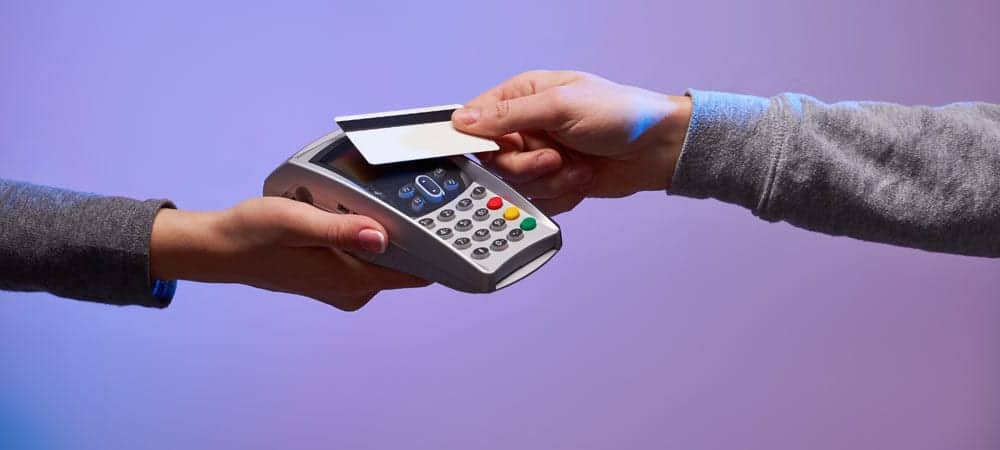

A trend that is moving in the opposite direction when it comes to shopping, where cash and contactless payments are booming. A challenge for SAP at the point of sale. According to a recent study by the German digital association Bitkom, more than three quarters of all Germans made at least one contactless payment with a card, smartphone, or smartwatch between September and November 2020, 46 percent of them several times a week. Classic debit or credit cards are currently still in the majority at the point of sale, but smartphones and smartwatches are steadily gaining ground.
This trend toward cashless payment has been further intensified by a new legal regulation: the Cash Register Security Ordinance with Technical Security Equipment (KassenSichV/TSE), which came into force on January 1 of the previous year. It stipulates that cash register sales must be documented by means of suitable receipts and digital recording. Some retailers were able to meet these requirements on the basis of their existing POS solutions.
However, companies that use SAP at the point of sale are faced with the challenge of integrating suitable solutions into their self-developed processes or even the SAP standard. This is no easy task, since it involves teaching the contactless terminal at the sales counter to communicate correctly with the SAP system. This is likely to quicken the pulse of some SAP experts, as it involves key terms in SAP payment processes such as "SD cash sales" and "SAP cash journal".
Win-win scenario
The advantage of contactless and cashless payment systems is obvious, because both customers and companies win. For example, meat lover Stefan is in the mood for a juicy steak. So he goes out and picks up a tasty T-bone from the chiller cabinet and pays for it at the self-service checkout without having to wait in line for long - and a short time later it's sizzling medium rare in the pan.
The retailer, in turn, is pleased with a satisfied customer, the low service effort and his happy finance clerk, whose life is made easier by the automatic posting and clearing of the sale in SAP, i.e. the resolution of the card type used. And finally, the fiscally correct recording also pleases the tax authorities. More win-win is hardly possible.
Small app in the big SAP universe
Snap Payment Agent enables such convenient, contactless transactions directly at the SAP point of sale. The small program does exactly what is required and is part of a constantly growing catalog of smart software solutions from Snap Consulting.
The Payment Agent and the snapWARE product family exemplify the trend towards small apps in the large SAP universe. Companies increasingly want small, smart and maintained solutions for very specific requirements. This is demonstrated not least by the launch of the SAP Store. In the digital B2B marketplace, customers can find best-practice solutions for a wide range of areas.
The contactless payment agent is also the right choice for classic production companies and wholesalers, and even for government offices. After all, every company and organization with its own pick-up warehouse or direct sales to end customers and employees must digitally record such sales according to KassenSichV/TSE.
Accordingly, it makes sense to process these transactions contactlessly with a payment terminal and connect them directly to the in-house SAP ERP. This direct or ramp sale does not require opulent POS systems; small tools with card payment functions - such as Snap Payment Agent - can handle this more efficiently and very cost-effectively.
Bye, wallet!
The time to convert payment processes at the SAP Point of Sale to cashless and contactless has never been better. In addition to health aspects such as the reduced risk of infection and the imminent implementation of S/4 Hana in many companies, the issue of convenience also speaks in favor on the customer side.
According to the Bitkom study, in addition to the use of traditional debit and credit cards at the checkout terminal, payments with smartphones and smartwatches are also steadily increasing - eight percent of respondents already use them daily, 31 percent at least once a week.
As permanent, easy-to-use companions with a high level of security (because they are biometric), they are ideally suited to replace the good old wallet. Of course, for this to work, a functioning infrastructure is needed. Preferably with a direct SAP connection.





